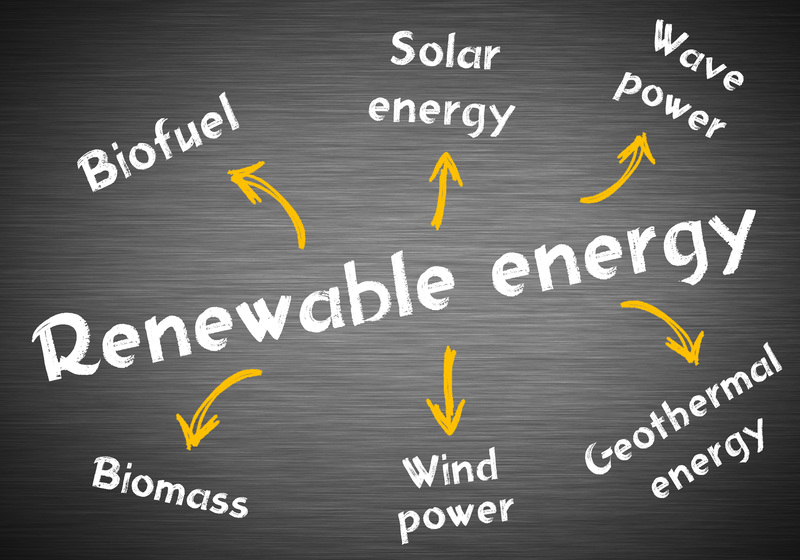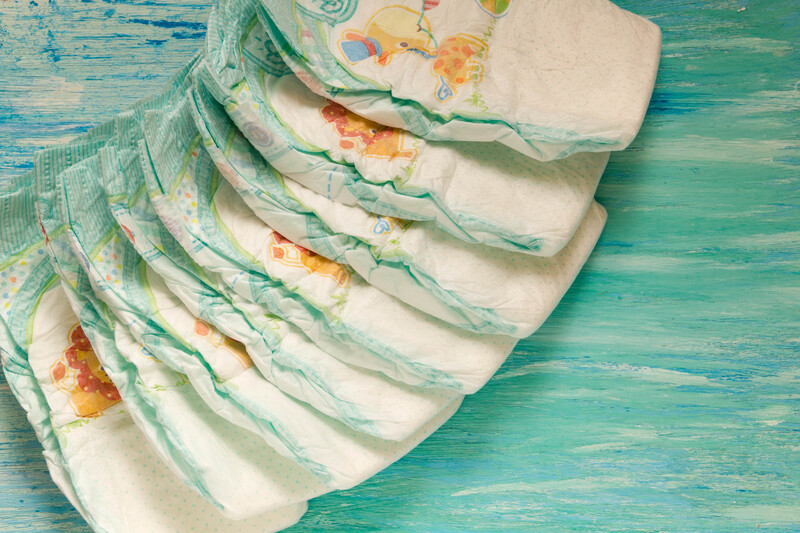Best Practices for Disposing Old Cookware
When your kitchen pots and pans reach the end of their lifecycle, you might be left wondering what to do. Disposing of old cookware responsibly can make a substantial difference for the environment, support local communities, and even benefit your own home. In this comprehensive guide, we'll explore how to dispose of cookware in eco-friendly, creative, and effective ways.
Why Is Responsible Cookware Disposal Important?
Many people are unaware that improperly discarded cookware can hinder recycling processes and contribute to landfill overflow. Pots, pans, and baking dishes often contain non-biodegradable materials such as metals, plastics, and coatings that can persist in the environment for decades.
- Environmental Impact: Landfills are overburdened with discarded kitchenware that could be reused or recycled.
- Resource Preservation: Recycling metals preserves valuable resources for future use.
- Community Support: Donating gently used items can help individuals and organizations in need.
Identifying Your Cookware Materials
Before deciding on the best way to get rid of your old pans and pots, it's essential to identify the materials your cookware is made from. Different materials require different disposal or recycling techniques. The most common types include:
- Stainless steel
- Cast iron
- Aluminum
- Copper
- Non-stick coated cookware (such as Teflon)
- Ceramic and glass
Understanding what you have enables you to pick the best disposal method while maximizing your positive impact.

Options for Disposing of Old Pots and Pans Responsibly
1. Check If Your Cookware Can Be Reused
If your old cookware is still in good working condition, consider passing it on before exploring disposal options. Many community centers, thrift shops, and local charities welcome gently used kitchenware.
- Wash and inspect your cookware.
- Remove burnt or stained residues.
- Check for loose handles or significant damage.
Donating helps reduce waste and supports those setting up new homes or kitchens on a tight budget.
2. Repurpose Old Cookware in Creative Ways
You don't always have to part ways with your old pots or pans. Upcycling cookware provides a fun and eco-friendly alternative.
- Planters: Use large pots or pans as quirky planters for herbs or flowers.
- Bird baths or feeders: Transform old pans into unique garden accents.
- Kitchen decor: Vintage cookware can serve as wall art or organizational pieces.
- Storage containers: Use nonstick pans as drawer organizers or trays.
This approach gives your old kitchenware a second life, reduces landfill waste, and adds personality to your spaces.
3. Properly Recycling Old Cookware
Recycling is one of the best practices for getting rid of worn-out pans or pots. However, not all cookware is recyclable through standard curbside programs, especially those with non-stick coatings or mixed materials.
Metal Cookware (Stainless Steel, Aluminum, Cast Iron, Copper)
- Most metal cookware can be recycled at specialized scrap metal centers or local recycling depots.
- Remove any plastic or wood handles before recycling.
- Call ahead to ensure your local facility accepts cookware.
Nonstick and Coated Cookware
- These generally cannot be recycled curbside due to their chemical coatings.
- Contact your nearest landfill or recycling facility for hazardous materials drop-off instructions.
- Certain brands offer take-back programs for their pans--always check before discarding.
Ceramic and Glass Cookware
- Ceramics and Pyrex-type glass typically aren't accepted in glass recycling streams.
- Check with your municipal waste program for proper instructions.
- Some art schools or mosaic workshops accept broken ceramics or glass for creative reuse.
4. Manufacturer Take-Back and Recycling Programs
Major brands are increasingly recognizing their responsibility to promote sustainable cookware disposal. Many have started take-back or recycling programs.
Examples:
- Calphalon's Pots & Pans Recycling Program enables customers to send in any brand of metal-based cookware for recycling.
- GreenPan has a recycling initiative for its non-stick products.
- Certain stores, like Williams-Sonoma or Sur La Table, occasionally offer trade-in or recycling events.
Always check the manufacturer's website for updated information on disposal or recycling options.
5. Specialized E-Waste or Hazardous Waste Facilities
Modern pans sometimes contain electrical components (such as electric skillets or induction cookware). These may require specialized e-waste disposal.
- Consult your city's waste management department for e-waste collection events.
- Nationwide retailers (Best Buy, Home Depot) often accept small kitchen appliances for recycling.
Checklist for Disposing of Cookware Sustainably
To make your cookware disposal effort more eco-friendly and responsible, follow these simple steps:
- Evaluate usability: Is the cookware safe and functional?
- Choose the best route: Donate, upcycle, or recycle based on condition.
- Contact local authorities: Find out your municipality's rules and facilities.
- Remove non-recyclable parts: Take off plastic handles or glass lids when recycling.
- Support responsible brands: Choose companies that encourage sustainable disposal for future purchases.
What NOT to Do With Old Cookware
Proper cookware disposal is essential to avoid harming the environment and to ensure safe waste processing.
- Do not throw metal pans or non-stick cookware in regular recycling bins unless confirmed by your local authority--they can damage equipment at sorting plants.
- Do not burn or incinerate cookware, especially non-stick or coated pans, due to toxic chemical release.
- Do not simply dump unwanted kitchenware by the roadside or in public parks.
Following best practices ensures your old cookware doesn't end up polluting our surroundings.
Top FAQs on Disposing of Old Pots and Pans
Can I put pots and pans in the recycling bin?
No, in most cases, you cannot put cookware into regular recycling bins. Instead, take them to a scrap metal collection point or a specialized facility.
What should I do with non-stick or Teflon-coated pans?
Non-stick coatings are difficult to recycle. Try to consult your local authorities for hazardous waste disposal guidelines or look for manufacturer return programs.
Are there any cookware recycling events?
Yes! Many cities and retailers occasionally host recycling or donation drives for kitchenware. Check with local news bulletins or major kitchenware retailers for event information.
Can broken ceramic cookware be recycled?
Generally, ceramics and glass cookware are not accepted in conventional recycling streams. Instead, seek out art schools or creative recycling options, or dispose of them as instructed by your waste authority.

Eco-Friendly Cookware Disposal: Pro Tips
- Buy quality cookware: Higher quality pots, pans, and utensils last longer and are less likely to require frequent disposal.
- Care for your cookware: Proper cleaning and maintenance can significantly extend the life of your kitchenware.
- Educate others: Spread the word about responsible cookware disposal to friends, family, and your community.
Conclusion: Choose the Best Way to Get Rid of Old Cookware
Disposing of old cookware may seem straightforward, but practicing environmental responsibility and supporting your community goes a long way. Remember to identify the material first, then choose to reuse, repurpose, donate, or recycle accordingly. Whenever possible, avoid sending cookware to landfills--your actions can help create a more sustainable planet.
By following these best practices for disposing old cookware, you ensure your kitchen cleanup is not just a personal win, but a communal and environmental victory as well. So, next time you're replacing your pots and pans, consider all the responsible options outlined above, and help promote eco-friendly living one dish at a time!
